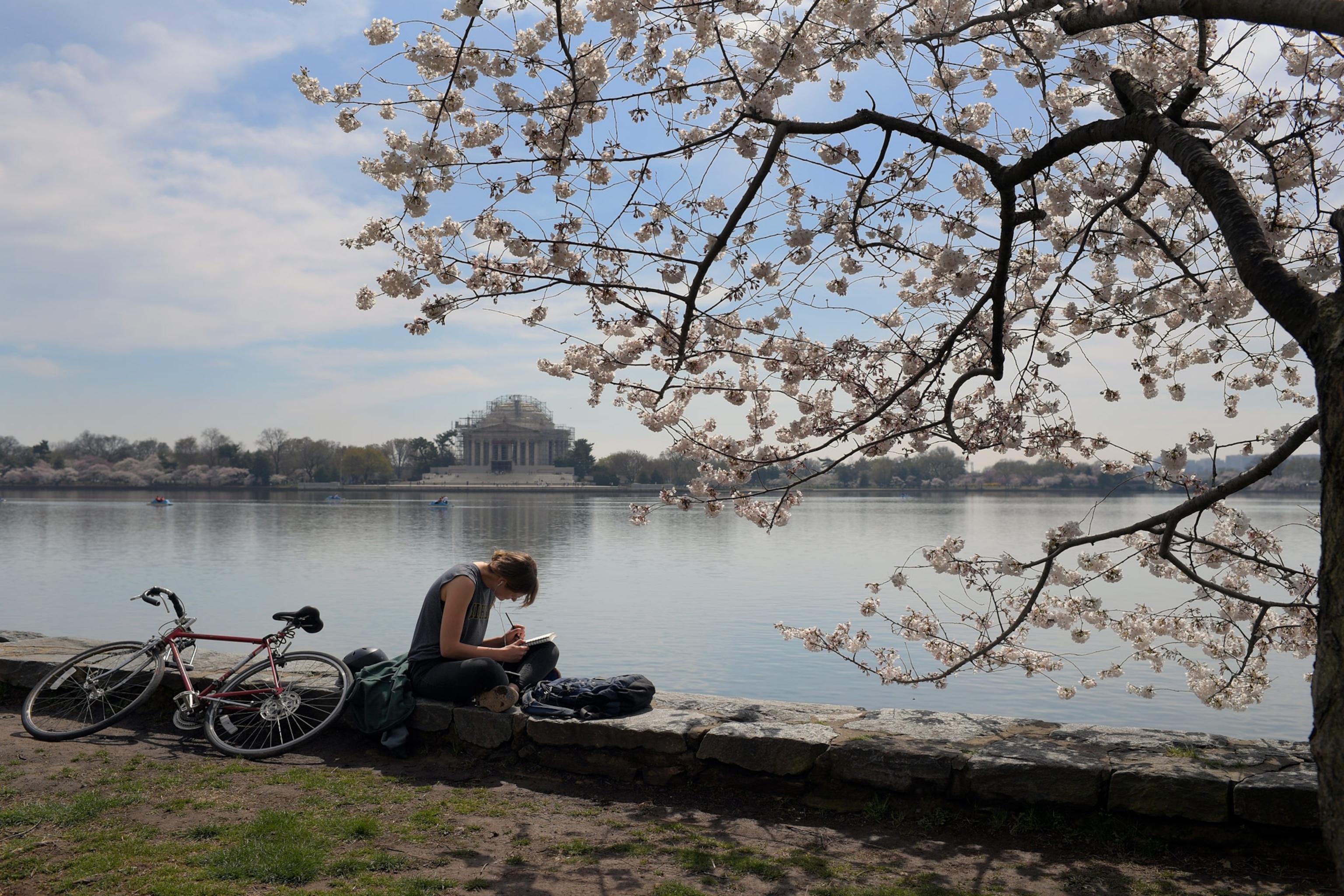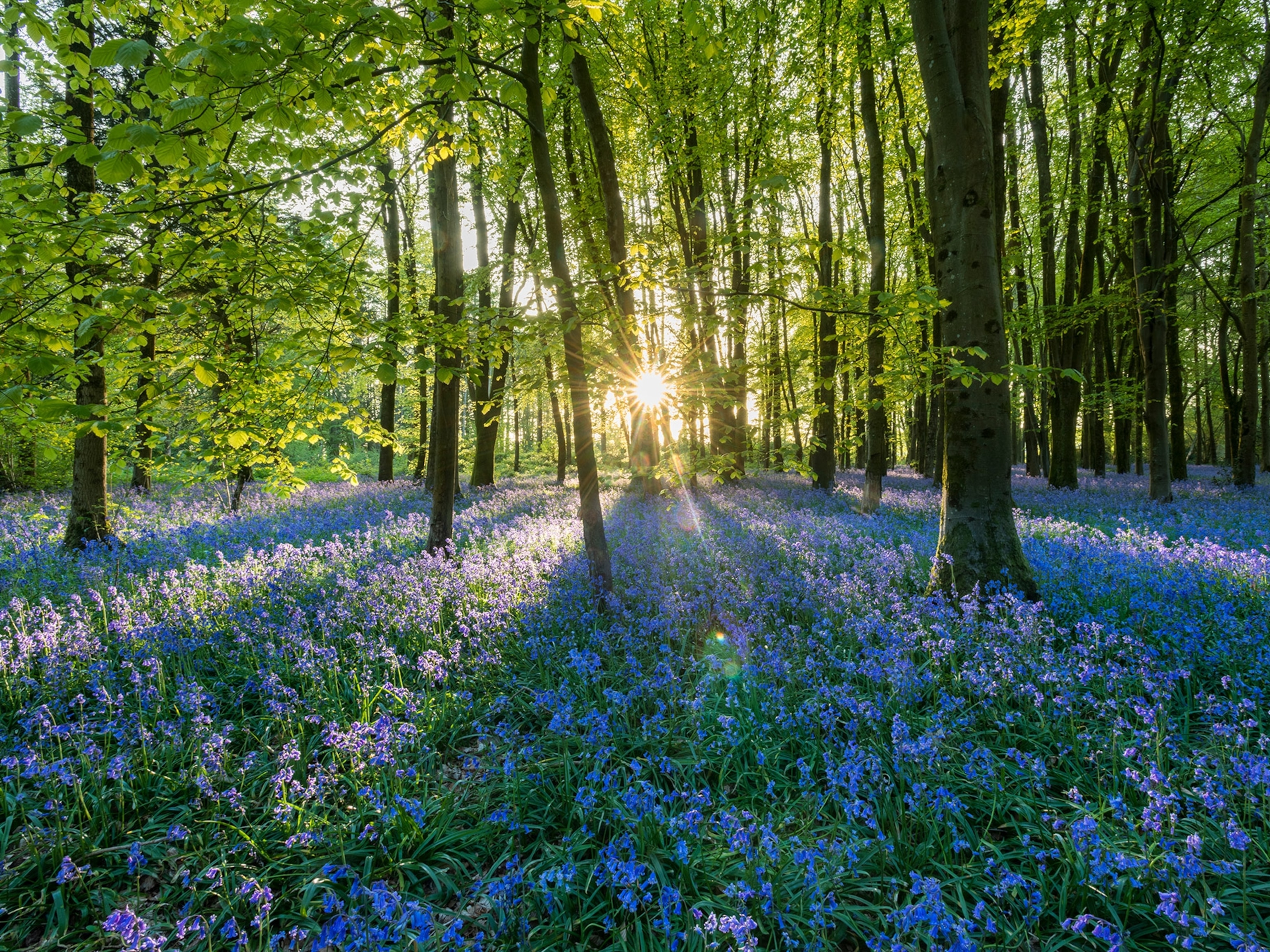
National parks have waived fees. But think twice about visiting.
During the coronavirus pandemic, it’s “irresponsible” to flock to wilderness areas, experts say.
Three days of rejuvenation in Canyonlands National Park seemed the perfect bridge from winter to summer. But like so many other spring break national park escapes, our plans to pitch tents in the Needles Campground next week were undone by coronavirus.
Confusion about whether it’s safe to social distance at national parks was heightened by U.S. Interior Secretary David Bernhardt’s announcement Wednesday that park fees would be waived. The decision to waive park fees and encourage Americans to head to the great outdoors runs contrary to ongoing closures, public concerns—and to official White House guidance instructing that all gatherings of 10 or more people be canceled.
Bernhardt’s message drew condemnation from the National Parks Conservation Association and the Coalition to Protect America’s National Parks, where Phil Francis highlighted concerns about the virus’ contagiousness.
“It is irresponsible to urge people to visit national park sites when gathering at other public spaces is no longer considered safe,” Francis said. “We are concerned that the Secretary’s decision to waive entrance fees will lead to overcrowding and a greater risk to the health and well-being of our NPS employees and visitors.”

Services close as some parks remain open
Options are quickly dwindling for a relaxing getaway within the National Park System. Though many NPS units remain open, facility and service closures are stacking up across the country, from Hawaii’s Pearl Harbor National Memorial (closed) to Virgin Islands National Park (the Cruz Bay Visitor Center has locked its doors, and food service and ranger programs at Trunk Bay have been suspended).
Iconic destination lodges have also closed their doors, including Yosemite’s Ahwahnee, the Grand Canyon’s El Tovar, and Zion National Park’s namesake lodge. On Friday, Xanterra Parks & Resorts, which runs the Zion Lodge, closed its other park lodgings in Grand Canyon, Death Valley, and Yellowstone until at least late May, with hopes the coronavirus pandemic will wane before summer.
As park lodgings shutter, so do nearby campgrounds, with the list growing by the day. Utah health officials have gone so far as to post “not welcome” messages for the Beehive State’s southeastern corner, a traditionally crowded—and rowdy—spring break destination due to the Slickrock mountain bike trail system and the red-rock beauty of Moab, Arches, and Canyonlands National Parks.
Hospitality company Delaware North will close the Grand Canyon’s Yavapai Lodge on Sunday (through May 1), and lodging and dining at Sequoia and Kings Canyon National Parks are currently closed. The company will soon announce whether it will close its other park properties along the Blue Ridge Parkway and in Shenandoah and Olympic National Parks.
Adventures on the Gorge, a tour company and resort at West Virginia’s New River Gorge National River, has canceled bookings through mid-April. Service provider Aramark canceled river trips and boat tours at Glen Canyon National Recreation Area in Utah, while also closing the Far View Lodge at Mesa Verde National Park until May 1. Even some national seashores should fall off your list: Officials in Dare County, North Carolina, are banning visitors to a big chunk of the Outer Banks, where Cape Hatteras National Seashore is located.

Addressing the risks
So unprecedented is the coronavirus threat that the National Park Hospitality Association, which includes most major park concessionaires and outfitters, wrote President Trump this week seeking rescue. Along with a waiver of franchise fees paid to the National Park Service, the association is also asking for current concessions contracts to be extended two years.
“National park concessioners are facing severe economic trauma from the coronavirus. Most of our operations are already shut down, and the likelihood of closure is high for many of the remaining operations, many of which are seasonal and being readied for opening,” wrote Scott Socha, president of Delaware North’s Parks & Resorts arm and NPHA board chairman, in the letter. “We believe the closures will cause a dramatic drop in visits and that visitor spending at our locations will decline by 75 percent or more this year. In fact, some of our operations will likely see a total loss of revenues.”
The American Alpine Club has asked its members to restrict recreational travel in order to “flatten the curve,” or keep coronavirus cases at a manageable daily level for healthcare providers. “This is not the time to head to the desert or rally to your favorite national park for ‘social distancing,’” the club wrote. “While outdoor time is necessary for each of us during this turbulent period, we need to stay local and limit our interaction with vulnerable communities.”
Concession workers are on the front lines, and some fear for their health.
“Employees live in small rooms in small dorms. We share bathrooms and eat in dining rooms. We unclog your toilets and cook your food. When one person gets a cold it spreads throughout the dorms,” one concession worker said in a comment on NationalParksTraveler.org. “If someone brings [coronavirus] into Yellowstone National Park, it will spread like wildfire. Then, we will leave and take the virus back to the various states we came from and infect our families.”
Utah health officials are so worried about the spread of coronavirus overwhelming their under-equipped rural medical facilities that they’re asking people to skip Moab for the time being. Along with closing area lodgings and campgrounds to non-locals, the Southeast Utah Health Department ordered bars, restaurants, and theaters to shut their doors.
“In any other year we want to welcome people with open arms, but we are cognizant that this isn’t any other year, so as much as it pains us, we want to discourage tourists,” said department head Bradon C. Bradford. “Let’s get through this, let’s get over this and get back to visiting our national parks and having fun.”
Considering the closing of facilities and campgrounds and the threat of contracting COVID-19, your clearest option instead might be to spend spring break binging the Ken Burns and Dayton Duncan documentary, The National Parks: America’s Best Idea.





























